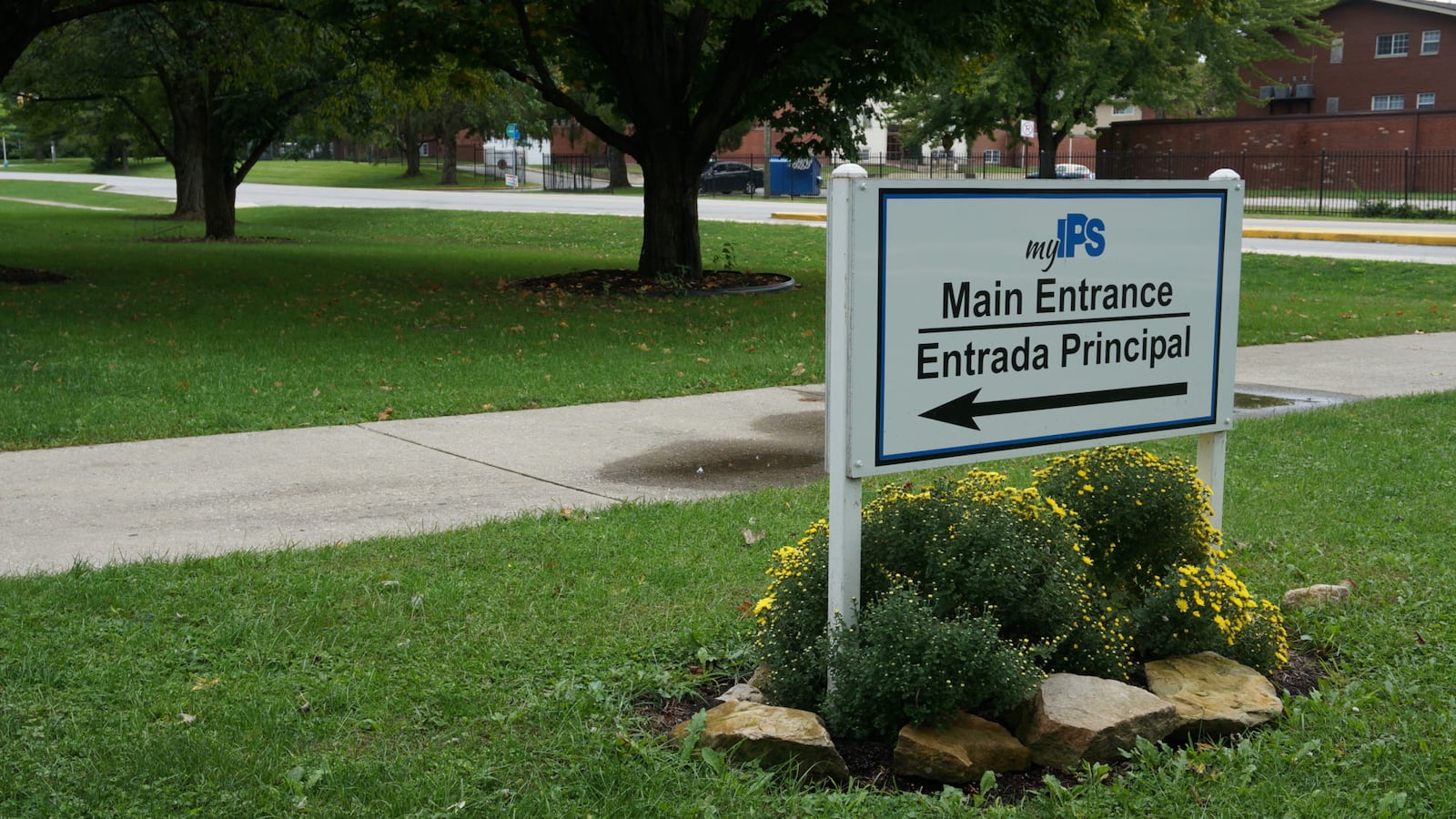Membership in the Indianapolis Public Schools teachers union fell to 45.7% of eligible educators this school year, down 4 percentage points from last year. Those numbers point to the weakened state of an association that has withstood serious challenges over the past year.
The newly released data, which comes from annual state-mandated disclosures, is the first indication of how members have responded to the Indianapolis Education Association’s tumultuous year. Over the past 11 months, the former president of the group pleaded guilty to embezzling money from the union, and a frustrated group of former union loyalists led a campaign to replace the IEA.
The weakened state of the union reduces the influence of educators at a pivotal moment for the state’s largest district. With a new superintendent in place, Indianapolis Public Schools leaders will face decisions on whether to close schools, boost teacher pay, and expand partnerships with charter schools.
Of the roughly 1,900 educators covered under the union-negotiated contract, about 880 are union members — meaning they pay dues and can participate in decisions, such as choosing union leaders and approving new contracts. That’s down about 60 members from last year, when nearly 940 educators were in the union, according to data from the Indiana Education Employment Relations Board.
IEA President Ronald Swann did not respond to a request for comment.
Union membership in Indianapolis Public Schools lags significantly behind other school systems in Indiana, though that could change with new leadership and the recent union victory that boosted teacher pay.
Across public school districts in the state, over 60% of teachers are union members. In Marion County, the district with the highest union membership is Decatur, where 75.4% of educators are in the union. Lawrence, where 31.8% of teachers are members, has the lowest union participation in the county.
If membership in the IEA continues to shrink, it could mean that the union has less money to support its work. Fewer members and dollars could result in “less of a voice for teachers, and as a result, you worry that the state legislature and the school boards won’t pay enough attention to teachers’ needs,” Kenneth Dau-Schmidt, a professor of labor and employment law at Indiana University Maurer School of Law, told Chalkbeat last year.
In Indianapolis Public Schools, the dip in participation is the latest loss for a group that has seen the number of teachers covered by its contract slowly shrink as the district hands schools over to outside managers. Teachers at those externally managed schools are not represented by the district union. The district did not convert any additional schools to innovation status last year, and the number of teachers represented by the union rose slightly.


